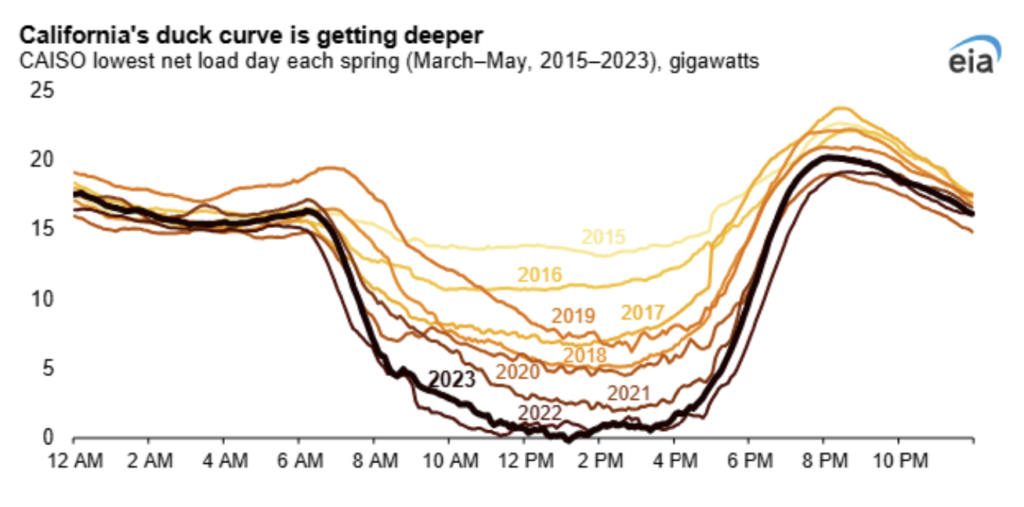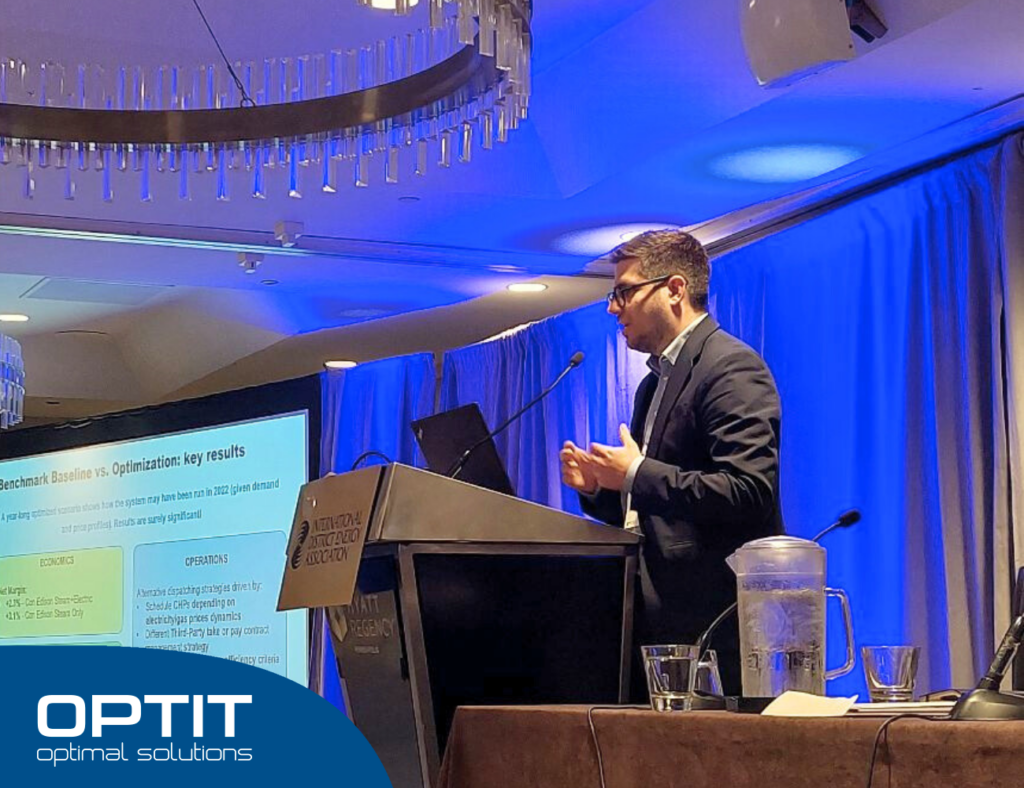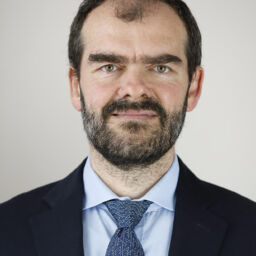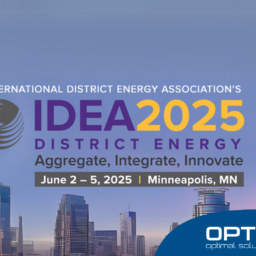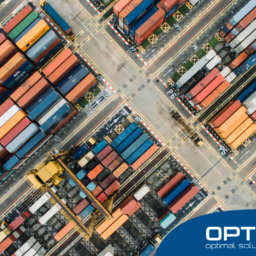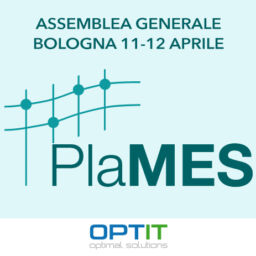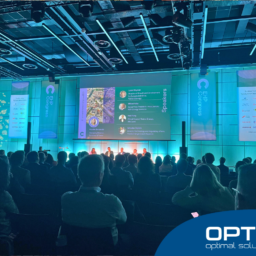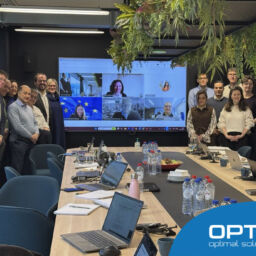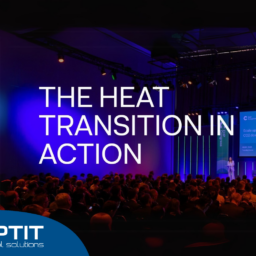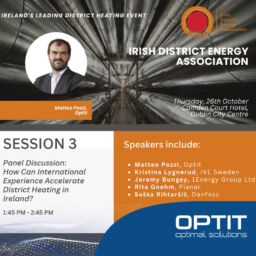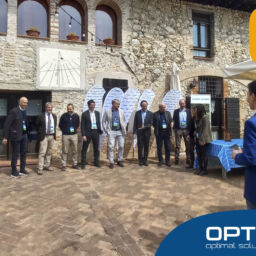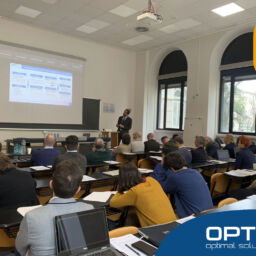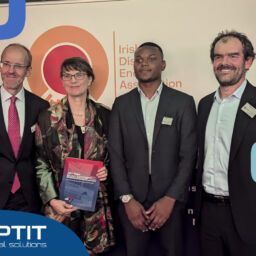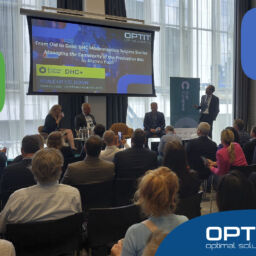Power-to-Heat and renewable integration: a concrete lever for decarbonisation
From June 2 to 5, we took part in IDEA2025, the annual conference of the International District Energy Association, held this year in Minneapolis, Minnesota (USA).
Among the key themes that emerged, the electrification of district energy networks stood out as a top priority — driven by the increasing adoption of large-scale heat pumps and electric boilers. These technologies make it possible to transform surplus electricity from renewable sources into thermal energy, through Power-to-Heat logics often combined with thermal energy storage systems.
One emblematic case discussed at the conference was the California’s Duck Curve — a well-known representation of the imbalance between solar production peaks and real energy demand. In this context, the ability to absorb excess renewable electricity through thermal systems becomes a strategic asset: relieving the load on the electric grid, reducing the need for fossil fuels, and improving the overall flexibility of energy systems.
This evolution is crucial to decarbonisation, as it enables greater system-wide efficiency and enhances the resilience of urban energy infrastructures.
Digital solutions and AI: the US market looks to Europe
Another strong message from IDEA2025 was the growing attention toward digitalisation in North America. Historically, low energy prices in the US slowed investment in advanced optimisation tools. But things have changed: increasing geopolitical instability and volatility in global energy markets are pushing the sector to rethink its strategies and explore smarter, more flexible solutions.
This is where OptiEPM, our proprietary platform for energy production and management optimisation, comes into play. Based on a digital twin of the system, OptiEPM supports both operational and strategic decision-making, automating the management of complex assets and integrating, when required, with trading processes. It’s a mature and robust technology we’ve deployed in over ten contexts, including the digital optimisation of New York City’s steam network in collaboration with Con Edison.
IDEA2025 reaffirmed that in a world increasingly focused on decarbonisation, these tools are becoming essential for intelligent and adaptive management of thermal energy systems.
Engineering-driven strategy: the foundation for resilient systems
One of the core discussions at IDEA2025 was the importance of strong system engineering from the very first phases of a project. To meet increasingly ambitious climate goals, it is crucial to adopt robust and “smart” methodologies — both in feasibility assessments and in planning for the integration of new technologies. This means being able to model the unique characteristics of each system and to identify the most suitable path for its development.
This approach is, and will remain, a key enabler of the energy transition, especially in urban environments.
Gathering to explore these topics with the international expert community is always a valuable opportunity: to exchange ideas, learn from one another, and contribute to a shared vision of the future of energy.


